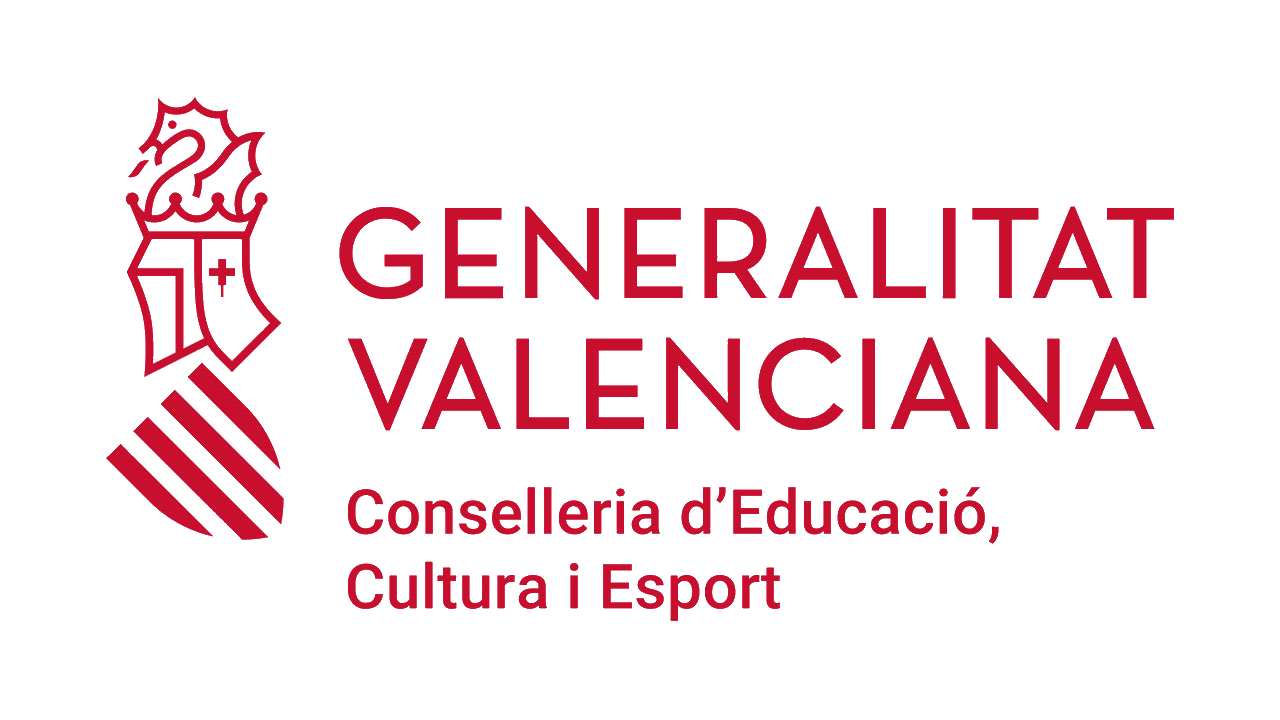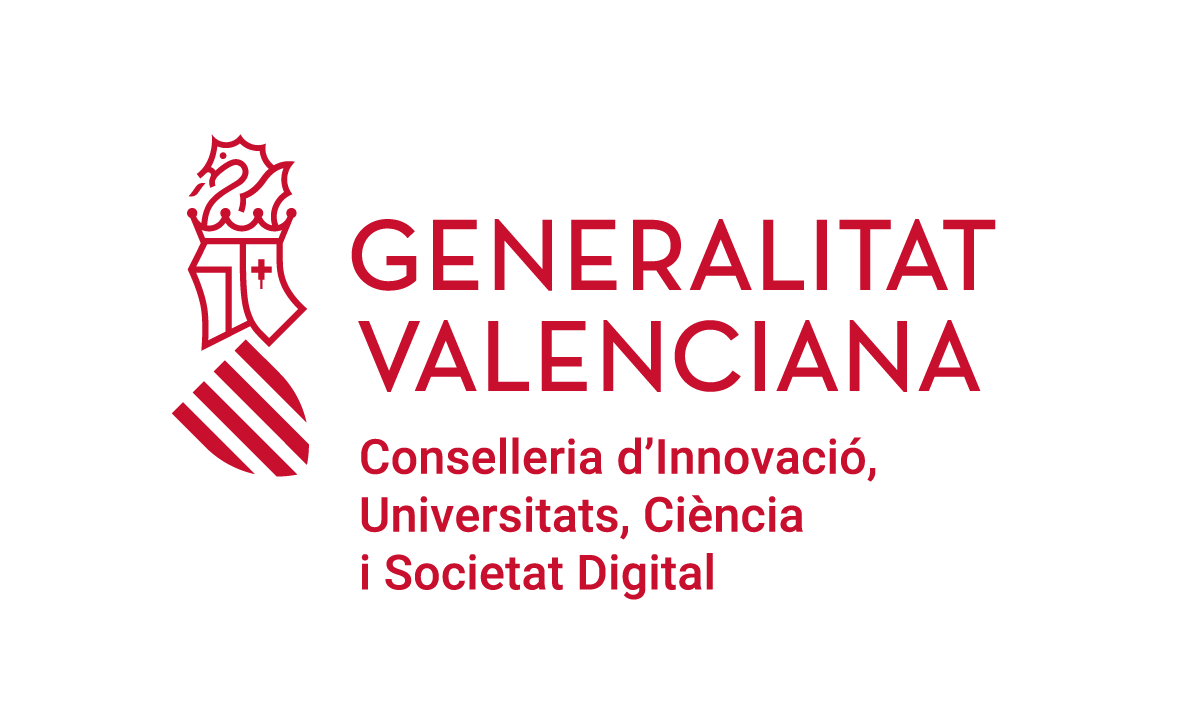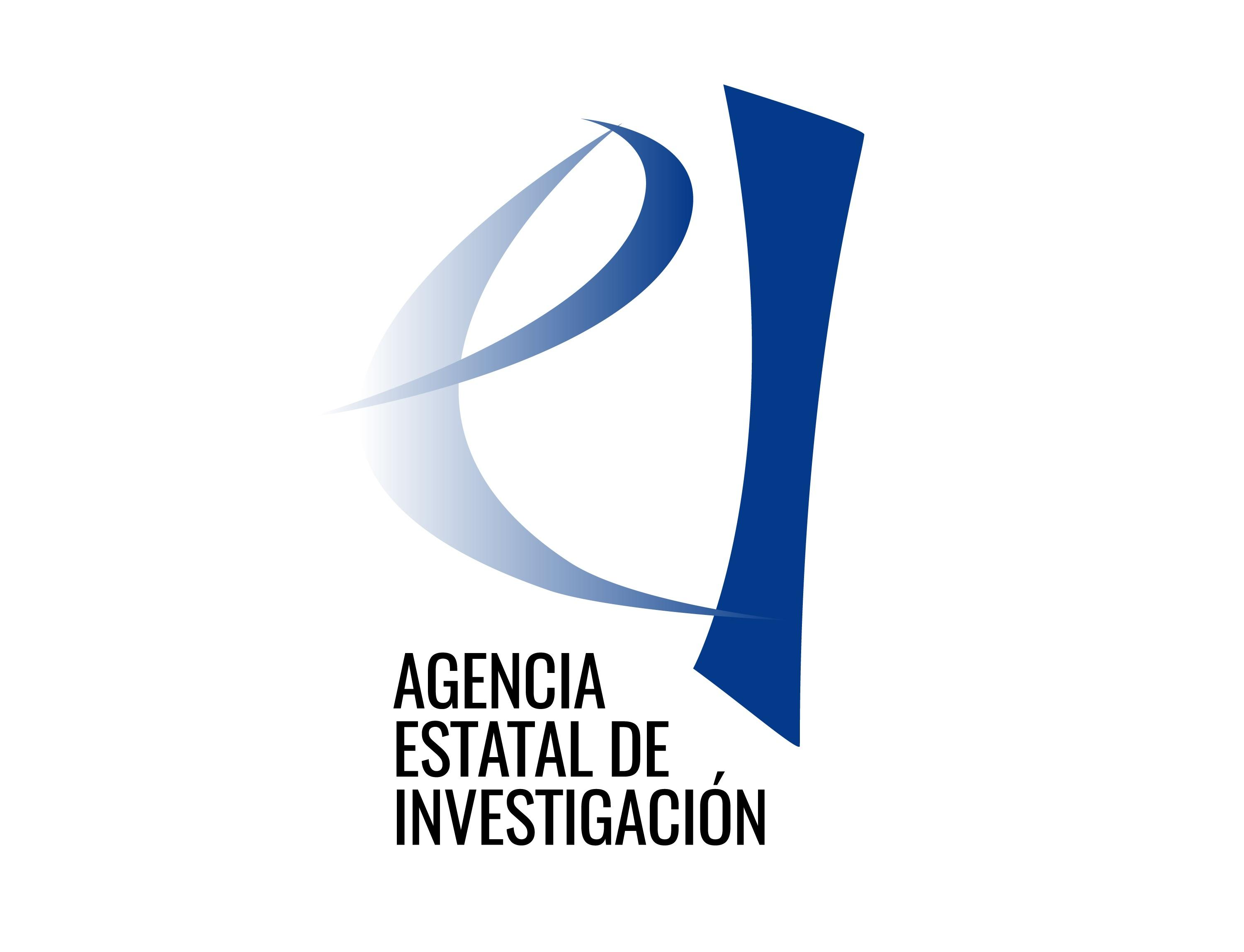Research Group on Parasites and Health - ParaSalut
The research activity of the ParaSalut group, fundamentally of the basic type, covers different aspects of the parasite-health relationship, both in humans and in reservoir animals for parasitic diseases or their models.
The group presents lines of work on parasitic diseases produced by both Protozoa, as well as Helminths and Arthropods.
All the lines are already underway and have numerous publications, as reflected in the CCVV of the group members.
- PROTOZOOS: One of the research lines of the group focuses on the influence that intestinal parasites, mainly protozoa, exert on human nutrition since these parasites directly or indirectly interfere with the processes of nutrient absorption, poor digestion and / or malabsorption.
Thus, within this line two main objectives are framed:- study on the relationship intestinal parasites-food intolerances to carbohydrates, and
- Studies on the relationship of intestinal parasites and mother-child nutrition, as well as the analysis of the nutritional status of mothers and children, and the effect of parasitosis on child development.
- HELMINTHS: Different aspects of helmintian diseases are approached with emphasis on epidemiology, ecology and parasite-host relationships.
Epidemiology / ecology: There are two lines that address aspects of the epidemiology and ecology of diseases caused by helminths. One of them analyzes the study on the biological cycles, transmission, and population dynamics, of helminths in murine models that have demonstrated to behave as good bioindicators of the parasite-host relationship.
These studies are complemented by the line that works on the creation of Geographic Information Systems with the use of satellite images and thematic maps to model the epidemiology and transmission of human and animal parasites, and the influence of climate change on them.
Likewise, epidemiological studies on parasitic diseases transmitted by food in another line are addressed, and the study of anisakiasis in fish for human consumption is a basic pillar of it. Parasite-host relationships: the establishment of a parasitic disease is the result of the parasite's success over the host. The analysis of the relations established between the two are fundamental to know the factors on which said establishment depends and thus be able to establish adequate prevention measures. Likewise, the specificity of this relationship is an instrument to improve current diagnostic methods. In these parasite-host relationships, extracellular vesicles (EVs) have proven in recent years to be a valuable instrument for these purposes.
The ParaSalut group develops a line on the study of EVs in various helminths of human and veterinary interest. These EVs are isolated and characterized by identifying their composition (proteins, miRNAs) and their use is evaluated experimentally as target molecules for diagnosis, treatment and / or vaccination. This line of research is reinforced by another of the group's lines, undertaken previously, on the study of parasite-host relationships by techniques generally called 'omics', which include genomic, transcriptomic and proteomic. The line on Human Taeniasis / Cysticercosis is framed in both aspects: epidemiological studies of materials from different countries, and ultrastructural and secretomic studies of the infective form of human cysticercosis, the egg. - ARTROPODES: No less important the ectoparasite arthropods since in addition to vectors of parasitic diseases, they have their own pathogenic power. The Medical Entomology line carries out the diagnosis and epidemiological analysis of populations of mosquitoes, lice, bedbugs and as well as cases of myiasis.

GVA
Project funded by
Generalitat Valenciana.
Conselleria d'Educació, Cultura i Esport

GVA
Project funded by
Generalitat Valenciana.
Conselleria d'Innovació, Universitats, Ciència i Societat Digital

Spain
Project funded by
Ministerio de Ciencia e Innovación.
Agencia Estatal de Investigación


